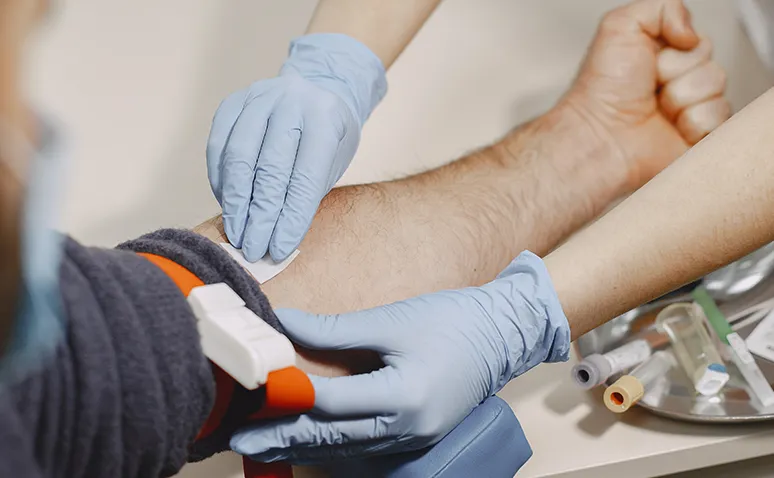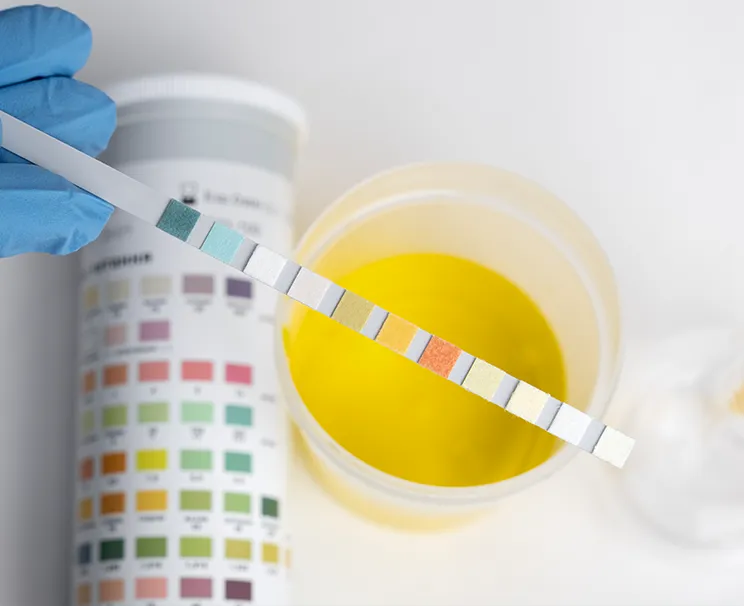Romatism symptoms manifest as pain, swelling, and stiffness in the joints. These symptoms, especially noticeable in the mornings or after prolonged periods of inactivity, can lead to restricted movement. Romatism diseases are chronic processes that can cause deformation in the joints, making early diagnosis crucial.
Romatism symptoms are not limited to the joints. Fatigue, fever, redness, or rashes on the skin can also be indicators of the disease. Additionally, some romatism diseases may affect organs, leading to more serious health issues.
These symptoms can be listed as follows:
- Joint pain and swelling
- Morning stiffness in the joints
- Restricted movement
- Fatigue and weakness
- Redness or rashes on the skin
- Fever
- Risk of joint deformation
- Complications affecting organs (in certain romatism diseases)
Inflammatory Romatism Symptoms
Inflammatory joint romatism is a disease that occurs when the immune system mistakenly attacks the joint tissues. This condition is called an autoimmune disease and presents with joint pain, swelling, and stiffness. One of the most well-known types is rheumatoid arthritis. Rheumatoid arthritis primarily affects the joints of the hands and feet but can also damage other organs in the body. While the exact cause of inflammatory romatism is unknown, genetic factors and environmental triggers play a significant role in its development.

What is Rheumatoid Arthritis?
This disease is a chronic and progressive joint inflammation. Inflammation occurs in the synovial membrane of the joints, leading to permanent joint damage. Symptoms of rheumatoid arthritis include prolonged morning joint stiffness, fatigue, low-grade fever, weight loss, and muscle weakness. As the disease progresses, joint deformity and loss of movement may occur. If left untreated, it can result in severe joint damage and reduced quality of life.
Romatism diseases refer to a broad group of conditions that can affect not only the joints but also muscles, bones, and even organs. Inflammatory romatism arises from an irregular immune response, while other types may be due to aging, wear and tear. Early diagnosis and treatment of inflammatory joint romatism are vital. Treatment typically involves medications to slow the disease’s progression and lifestyle changes.
Romatism Symptoms in the Legs
Romatism symptoms in the legs can vary depending on the type of romatism disease. Calcified romatism symptoms manifest as pain, limited movement, and stiffness in the knee joints. Calcification results from the wear and tear of cartilage in the joints and becomes more common with age. This type of romatism can gradually restrict mobility in the legs and negatively impact daily life.
Another type of romatism, muscle romatism, is characterized by pain and stiffness in the muscles. Muscle romatism affects the muscles of the legs, and symptoms such as muscle weakness, cramps, and morning stiffness are common. This condition can make physical activity difficult and limit daily movements. Muscle romatism becomes more apparent after long periods of sitting or inactivity.
Romatism diseases can affect not only the joints but also muscles, tendons, and connective tissues. Romatism symptoms in the legs may present as swelling, redness, tenderness, and pain. These symptoms are often related to inflammation or an abnormal immune response. If left untreated, permanent joint damage and muscle loss in the legs can occur. Early diagnosis and treatment play a crucial role in slowing the progression of these diseases.
Can Romatism Be Detected in a Blood Test?
Yes, certain romatism diseases can be identified through blood tests. Inflammatory romatism, in particular, can be detected by elevated levels of inflammation markers such as C-reactive protein (CRP) and erythrocyte sedimentation rate (ESR). Additionally, specific antibodies such as rheumatoid factor (RF) and anti-cyclic citrullinated peptide (anti-CCP) may be tested in autoimmune diseases like rheumatoid arthritis. However, not all romatism diseases show clear results in blood tests.
Which Test Detects Romatism?
The tests used to diagnose romatism diseases vary depending on the type of disease. Blood tests are commonly used for inflammatory romatism, while joint fluid analysis, X-rays, magnetic resonance imaging (MRI), and ultrasound are essential for diagnosis. For instance, X-rays can be used to detect joint damage, or MRI can evaluate soft tissue and synovial membrane inflammation. Each test reveals different aspects of romatism.
How Can We Know If We Have Romatism?
Identifying romatism involves paying attention to its symptoms. Common signs include joint pain, swelling, stiffness, particularly in the morning, restricted movement, and prolonged fatigue. If these symptoms are present, it is important to consult a specialist and undergo the necessary tests. The doctor can diagnose the condition through physical examination, blood tests, and imaging techniques. Early diagnosis is critical for slowing the progression of romatism diseases.










